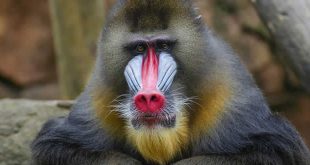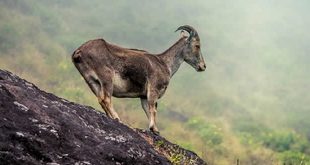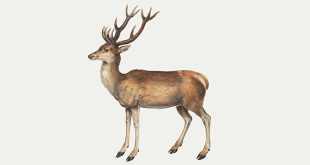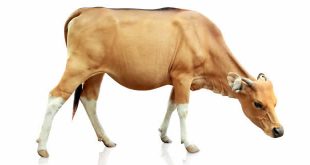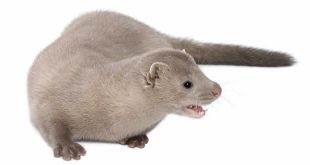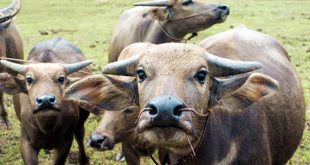 Otter — Otters are amphibious (or in one case aquatic) carnivorous mammals. The otter subfamily Lutrinae forms part of the family Mustelidae, which also includes weasels, polecats, badgers, as well as others. With 13 species in 7 genera, otters have an almost worldwide distribution.
Otter — Otters are amphibious (or in one case aquatic) carnivorous mammals. The otter subfamily Lutrinae forms part of the family Mustelidae, which also includes weasels, polecats, badgers, as well as others. With 13 species in 7 genera, otters have an almost worldwide distribution.
An otter’s den is called a holt. Male otters are dog-otters, females are bitches and babies are cubs or pups. The collective noun romp is sometimes used for a group of otters, being descriptive of their often playful nature.
Otters have long, slim bodies and relatively short limbs, with webbed paws. Most have sharp claws on their feet, and all but the sea otter have long muscular tails.
They have a very soft underfur which is protected by their outer layer of long guard hair. This traps a layer of air, and keeps them dry and warm under water.
Otters do not depend on their specialized fur alone for survival in the cold waters where many live: they also have very high metabolic rates. For example Eurasian otters must eat 15% of their body-weight a day, and sea otters, 20 to 25%, depending on the temperature. In water as warm as 10°C an otter needs to catch 100 g of fish per hour to survive. Most species hunt for 3 to 5 hours a day, and nursing mothers up to 8 hours a day.
Most otters have fish as the primary item in their diet, supplemented by frogs, crayfish and crabs. Some are expert at opening shellfish, and others will take any available small mammals or birds. This prey-dependence leaves otters very vulnerable to prey depletion.
Otters are very active, chasing prey in the water or searching the beds of rivers, lakes or the sea. Most species live beside water, entering it mainly to hunt or travel, otherwise spending much of their time on land to avoid their fur becoming waterlogged. The sea otter actually lives in the sea.
Otters are playful animals, for example sliding repeatedly down snowy slopes, apparently from sheer enjoyment. Different species vary in their social structure, with some being largely solitary, while others live in groups – in a few species these groups may be fairly large.
 Kids Portal For Parents India Kids Network
Kids Portal For Parents India Kids Network
